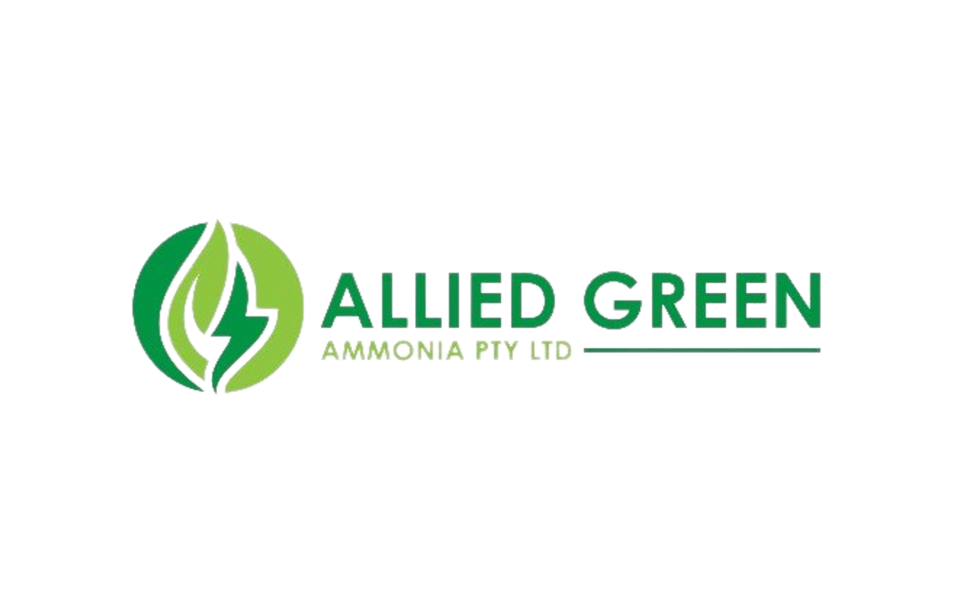News
New TECH Report - Acrylic Acid and Esters (2024 Program)

Acrylic Acid and Esters is one in a series of reports published as part of NexantECA’s 2024 Technoeconomics – Energy & Chemicals (TECH) program.
Overview
Acrylic acid is an important chemical intermediate, one of the most versatile monomers for providing performance properties to polymers. It is a feedstock for key commodity esters, ethyl acrylate, methyl acrylate, butyl acrylate and 2-ethylhexyl acrylate (2-EHA). Acrylic acid can also be purified to glacial acrylic acid for use in superabsorbent polymers, the largest market for acrylic acid derivatives.
In recent years, growing regulatory environment in favor of lower carbon emissions and instability in the price of propylene feedstock and supply has led to increased exploration of alternative production routes for acrylic acid. As a result of net-zero target timelines drawing near project developers and producers are shifting production from traditional propylene towards blending biobased propylene into traditional feedstocks or improving alternative routes based on biological fermentation and chemical conversion.
This TECH report covers both commercial and developing technologies for producing acrylic acid and acrylic esters and addresses questions such as:
- What processes are currently employed for acrylic acid and ester production?
- What are the recent technology and catalyst developments for acrylic acid and ester production?
- What new developments have emerged for producing renewable acrylic acid?
- How does carbon intensity change for the different acrylic acid grades and acrylic esters?
Commercial Technologies
Crude acrylic acid is produced by two-step oxidation of propylene. Crude acrylic acid is then further purified to glacial acrylic acid by either additive advanced distillation or dynamic/static crystallization. This grade of acrylic acid is then employed to produce superabsorbent polymer products. Crude acrylic acid can undergo esterification with alcohol to produce acrylate esters. Production of ethyl acrylate, methyl acrylate, butyl acrylate and 2-EHA are discussed.
Process Economics
Detailed cost of production estimates for various technologies are presented for the USGC, Western Europe, Japan, China and South-East Asia locations. Estimates are developed for an acrylic acid complex and for purification and esterification processes.
Commercial Overview
A significant portion of crude acrylic acid is purified into glacial acrylic acid (GAA) for the production of polyacrylic acid or copolymers which are used as super absorbents (for disposable diapers), detergent co-builders, dispersants, flocculants and thickeners.
Around half of acrylic acid is utilized to produce acrylate esters. The major markets for acrylate esters include paints, surface coatings, adhesives and sealants, textiles, plastic additives, and paper treatment. Acrylate esters impart many desirable qualities to polymeric materials, such as color stability and clarity.
In addition to acrylate esters, smaller quantities of other alkyl acrylates are produced from crude acrylic acid for specialty chemical applications.
Contact a member to our Insights & Analytics team to find out more about this report
About Us - NexantECA, the Energy and Chemicals Advisory company is the leading advisor to the energy, refining, and chemical industries. Our clientele ranges from major oil and chemical companies, governments, investors, and financial institutions to regulators, development agencies, and law firms. Using a combination of business and technical expertise, with deep and broad understanding of markets, technologies and economics, NexantECA provides solutions that our clients have relied upon for over 50 years.



